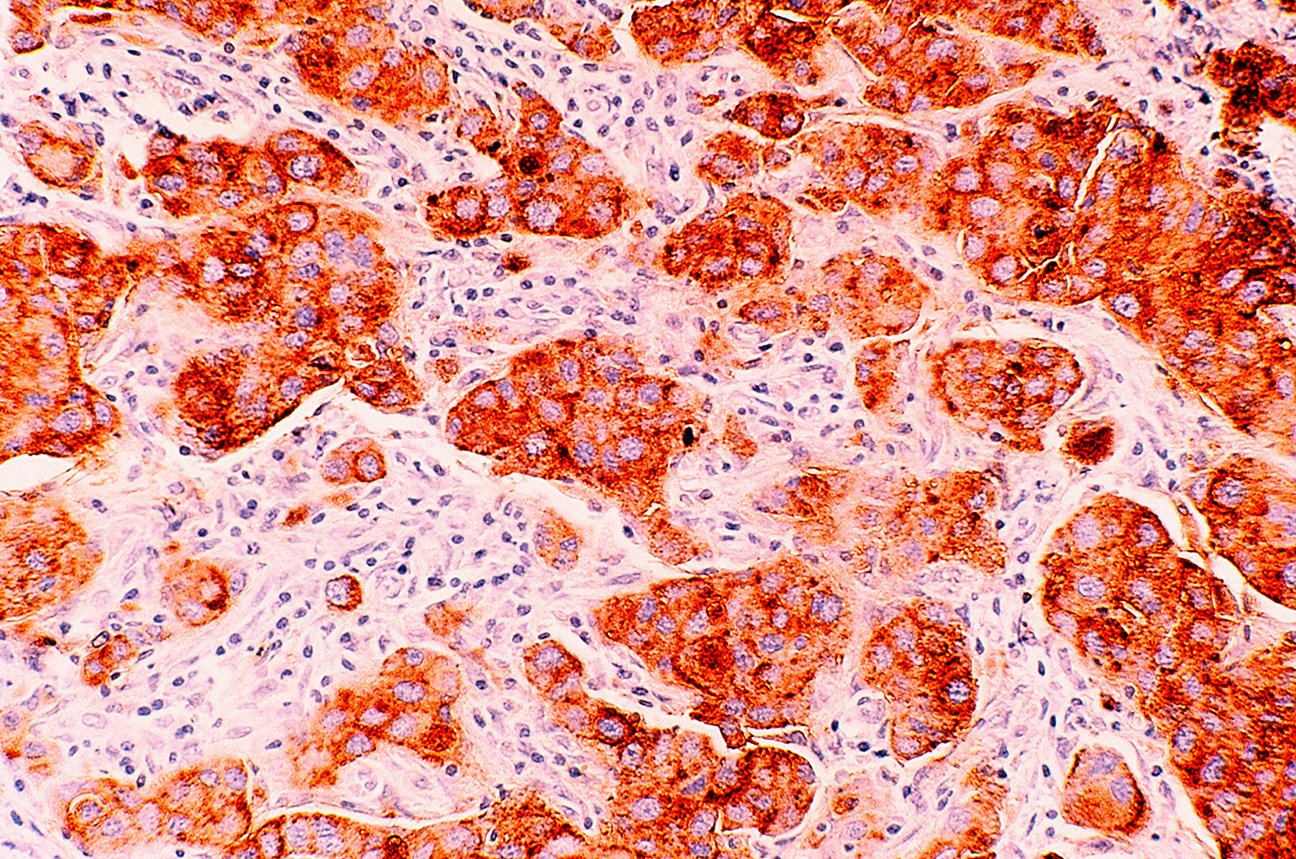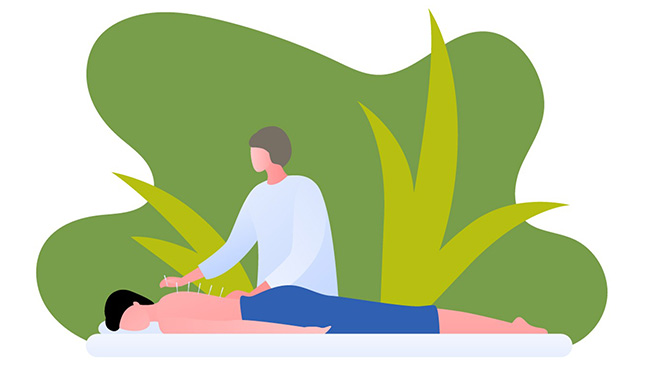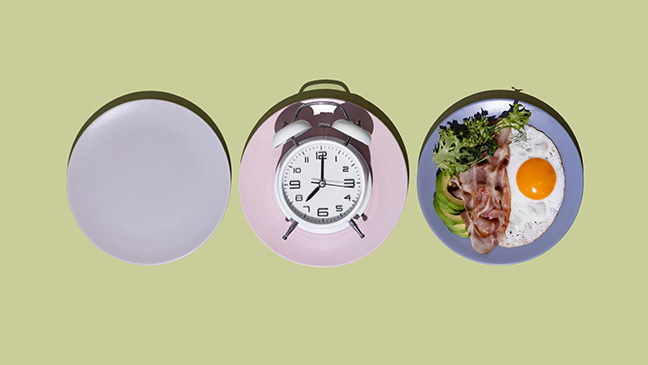- Diseases
- Acoustic Neuroma (14)
- Adrenal Gland Tumor (24)
- Anal Cancer (68)
- Anemia (2)
- Appendix Cancer (16)
- Bile Duct Cancer (26)
- Bladder Cancer (72)
- Brain Metastases (28)
- Brain Tumor (232)
- Breast Cancer (718)
- Breast Implant-Associated Anaplastic Large Cell Lymphoma (2)
- Cancer of Unknown Primary (4)
- Carcinoid Tumor (8)
- Cervical Cancer (162)
- Colon Cancer (166)
- Colorectal Cancer (118)
- Endocrine Tumor (4)
- Esophageal Cancer (44)
- Eye Cancer (36)
- Fallopian Tube Cancer (8)
- Germ Cell Tumor (4)
- Gestational Trophoblastic Disease (2)
- Head and Neck Cancer (14)
- Kidney Cancer (128)
- Leukemia (342)
- Liver Cancer (50)
- Lung Cancer (286)
- Lymphoma (278)
- Mesothelioma (14)
- Metastasis (30)
- Multiple Myeloma (100)
- Myelodysplastic Syndrome (60)
- Myeloproliferative Neoplasm (6)
- Neuroendocrine Tumors (16)
- Oral Cancer (100)
- Ovarian Cancer (174)
- Pancreatic Cancer (160)
- Parathyroid Disease (2)
- Penile Cancer (14)
- Pituitary Tumor (6)
- Prostate Cancer (148)
- Rectal Cancer (58)
- Renal Medullary Carcinoma (6)
- Salivary Gland Cancer (14)
- Sarcoma (238)
- Skin Cancer (296)
- Skull Base Tumors (56)
- Spinal Tumor (12)
- Stomach Cancer (64)
- Testicular Cancer (28)
- Throat Cancer (92)
- Thymoma (6)
- Thyroid Cancer (98)
- Tonsil Cancer (30)
- Uterine Cancer (84)
- Vaginal Cancer (18)
- Vulvar Cancer (22)
- Cancer Topic
- Adolescent and Young Adult Cancer Issues (20)
- Advance Care Planning (12)
- Biostatistics (2)
- Blood Donation (18)
- Bone Health (8)
- COVID-19 (362)
- Cancer Recurrence (120)
- Childhood Cancer Issues (120)
- Clinical Trials (632)
- Complementary Integrative Medicine (22)
- Cytogenetics (2)
- DNA Methylation (4)
- Diagnosis (232)
- Epigenetics (6)
- Fertility (62)
- Follow-up Guidelines (2)
- Health Disparities (14)
- Hereditary Cancer Syndromes (126)
- Immunology (18)
- Li-Fraumeni Syndrome (8)
- Mental Health (116)
- Molecular Diagnostics (8)
- Pain Management (62)
- Palliative Care (8)
- Pathology (10)
- Physical Therapy (18)
- Pregnancy (18)
- Prevention (926)
- Research (392)
- Second Opinion (76)
- Sexuality (16)
- Side Effects (610)
- Sleep Disorders (10)
- Stem Cell Transplantation Cellular Therapy (216)
- Support (402)
- Survivorship (322)
- Symptoms (182)
- Treatment (1788)
Can men get breast cancer? 10 things to know
5 minute read | Published October 01, 2024
Medically Reviewed | Last reviewed by Sharon Giordano, M.D., on October 01, 2024
Breast cancer develops from cells in the breast tissue. It is often thought of as a woman's disease. But men can get breast cancer, too.
How common is male breast cancer? And how is it treated? Here, I’ll answer these questions and more about male breast cancer.
How common is male breast cancer?
Male breast cancer represents about 1% of all breast cancer cases in the United States. Every male has about a 1 in 1,000 risk of developing breast cancer in their lifetime.
What causes male breast cancer?
Much like breast cancer in women, we don’t ultimately know what causes male breast cancer.
Factors that increase your chance of getting male breast cancer include:
Age
As men get older, their risk for breast cancer increases. The average age for men is five years older than the average age for women.
Race
African American men are more likely to develop the disease.
Family history
Men who have a male or female relative with breast cancer have a higher chance of getting breast cancer.
Radiation exposure
Being exposed to radiation, such as radiation therapy to the chest or radiation from an atomic bomb, increases a man’s risk for breast cancer.
Inherited genetic mutations
Changes in the genes BRCA1 and BRCA2 are strongly associated with male breast cancer, particularly BRCA2.
Obesity
Obesity is often associated with higher levels of estrogen in the body. This can increase men’s risk for breast cancer.
Gynecomastia
This is a condition that causes benign swelling of the male breast tissue.
Liver disease
Some liver conditions can raise estrogen levels in the body, increasing the risk of male breast cancer.
Klinefelter syndrome
This condition occurs when a male is born with an extra X chromosome.
What are common symptoms of male breast cancer?
The most common symptom of male breast cancer is a painless lump in the chest. The lump is typically under the nipple or close to the nipple.
Sometimes, men will notice a hard mass stuck to the chest wall. Men have less breast tissue than women, so it’s common for a tumor to attach to the skin. This may look like a skin ulcer.
Other symptoms of male breast cancer can include:
- Bloody discharge from the nipple
- Nipple inversion
If the cancer has spread beyond the breast, symptoms may include:
- Lymph nodes in the armpit
- Pain
- Cough
- Shortness of breath
How is male breast cancer diagnosed?
Usually, male breast cancer is diagnosed after a man or his doctor discovers a breast lump. The next step is to get imaging, such as a mammogram or ultrasound, to examine the breast tissue. If findings are suspicious, a doctor will perform a biopsy to confirm a cancer diagnosis.
At what stage is male breast cancer typically diagnosed?
On average, male breast cancer tends to be diagnosed in its later stages. This could be due to a few reasons:
- Unlike women, men do not get routine screening mammograms.
- Many men are not aware they can get breast cancer, so they may not see a doctor for symptoms.
- Some doctors do not have much experience diagnosing male breast cancer, so it can get overlooked in its early stages.
Doctors and researchers are looking into using multi-cancer early detection tests to help catch cancer in its early stages when it’s easier to treat. These tests are still in clinical trials, but if they work, one blood test could help us screen for several cancers, including breast cancer.
How is male breast cancer treated?
Breast cancer treatment is similar for men and women. It may include:
Most men have breast cancers that are estrogen receptor positive. So, we often use tamoxifen to block estrogen as part of their treatment.
Also, we typically refer male breast cancer patients to a genetic counselor to discuss BRCA testing.
What are the latest advances in male breast cancer treatment?
In the last few years, I’ve seen a lot more interest concerning cosmetic results for male breast cancer patients. Historically, most men had mastectomies. The thought was that they didn’t have breasts to begin with, so it wasn’t a big deal.
But results can be noticeable. Some men have a surgical scar across their chest or have a nipple removed. This can cause men to feel uncomfortable when taking their shirts off for activities such as swimming or playing basketball.
I think doctors have recognized that more. So now, when possible, we may consider a lumpectomy and radiation instead of a mastectomy. Or we may do a mastectomy as well as reconstruction to help with body image after surgery. Talk to your care team about your goals or any concerns before starting treatment.
What is the prognosis for male breast cancer?
Male breast cancer is curable in most cases. Curability depends on the cancer’s stage at diagnosis.
In general, the survival rate for men diagnosed with breast cancer is slightly lower than it is for women. On average, men are diagnosed at an older age and when the disease is more advanced.
Remember every situation is unique, so it’s important to speak to your doctor about your prognosis.
Why is it important to end the stigma that only women get breast cancer?
If more men are aware that they can get breast cancer, they’ll be more likely to see a doctor if they notice an unusual lump. This can lead to the disease being caught early when it’s easier to treat.
Some men who are diagnosed with breast cancer feel embarrassed and want to keep it private; others are motivated to spread the word to make sure other men know they can get breast cancer.
This misperception can also make male breast cancer patients uncomfortable when they’re seeking care. Many breast centers are lined with the color pink, and it can be uncomfortable for men who have to explain to staff that they are there to get a mammogram when their name is called out as ‘miss’ so-and-so instead of ‘mister.’
We should all strive to set up clinical environments that are welcoming to all breast cancer patients. I’ve seen more and more pink ribbons with a stripe or dot of blue to represent male breast cancer as well as female breast cancer. So, there are efforts to raise awareness that men can get breast cancer, too.
What advice do you have for male breast cancer patients and survivors?
If you feel isolated, reach out to other male breast cancer survivors. If you are a patient at MD Anderson, ask your care team about the following resources:
- Support groups for cancer patients, caregivers and survivors
- Social work counselors, who can help you cope with your diagnosis
- myCancerConnection, MD Anderson’s one-on-one cancer support community for survivors, patients and caregivers
We are working to better understand this rare disease and improve patients’ treatment options and quality of life.
Sharon Giordano, M.D., is chair of Health Services Research and a breast medical oncologist at MD Anderson. She specializes in treating male breast cancer.
Request an appointment at MD Anderson online or call 1-844-946-4342.

If more men are aware that they can get breast cancer, they’ll be more likely to see a doctor if they notice an unusual lump.
Sharon Giordano, M.D.
Physician





